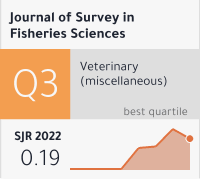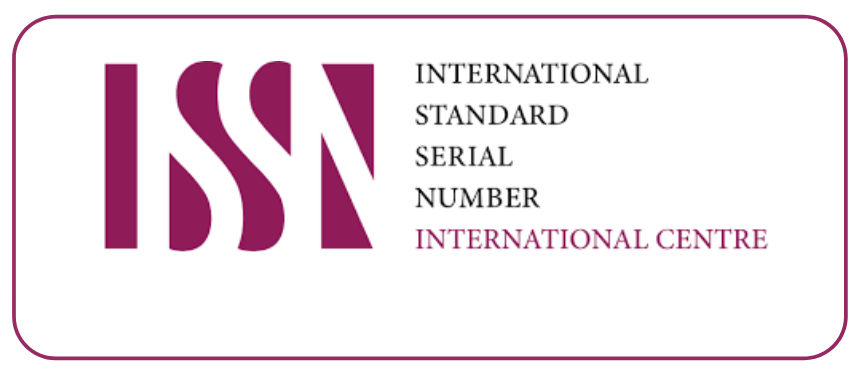Women Empowerment in India: A Perspective
DOI:
https://doi.org/10.53555/sfs.v8i2.1418Keywords:
Women Empowerment, Issues, Challenges, Future DirectionsAbstract
Women are significant contributors to the growing economy. Almost 50 percent of our population comprises of women. The growth rate for female literacy in the last decade has been 3 per cent higher than the growth rate for male literacy resulting in a decline in the absolute numbers of illiterate women—from 200.7 million in 1991 to 190 million in 2001. Gender differential in education, however, continues to be high at 21.7 per cent. This can be attributed to a number of factors—lack of access to schools, lack of the facilities of toilets and drinking water, etc. in the schools. Also, with increasing feminization of agriculture, the pressure of looking after younger siblings, collecting cooking fuel, water and maintaining the household, all fall upon the girl child, putting a stop to her education and development. Economic independence or economic self-reliance of women promotes women empowerment but poverty, poor health, discrimination against women and gender inequality, etc. limit the opportunities for women, which ultimately creates barriers for women empowerment. The empowerment of women is essential in view of the continuing discrimination against them at all fronts. For the first time in the history of Indian planning, an attempt has been made to move beyond empowerment and recognize women as agents of sustained socio-economic growth and change many ministries and departments have designed and launched a number of programmes and schemes to empower women. This article is an attempt to analyze the current issues and problems of women, as well as ways and means to achieve the empowerment of women.









